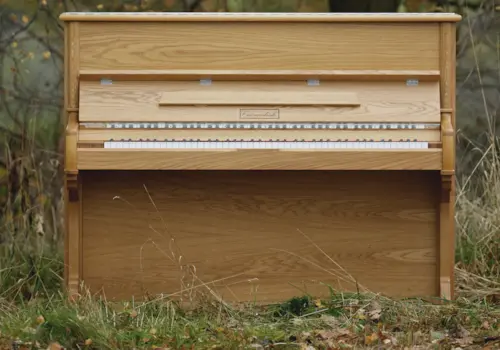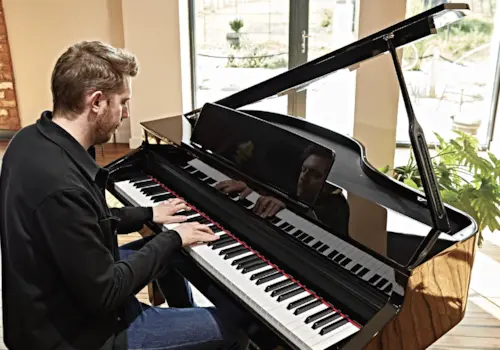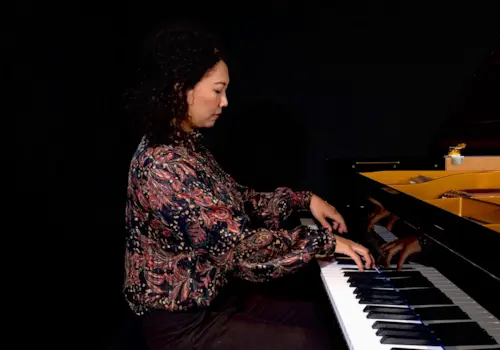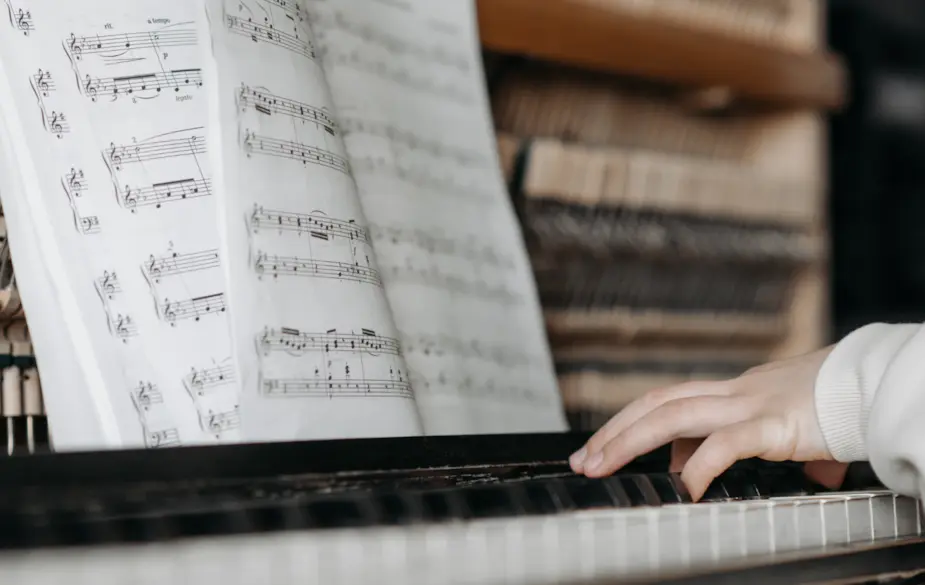It’s always tempting to attempt pieces which, whilst close to our hearts, are beyond our technical grasp. So, how do we find an enjoyable, engaging selection of pieces on which to work, and which can also be programmed in a concert, festival, or diploma programme?
It’s always tempting to attempt pieces which, whilst close to our hearts, are beyond our technical grasp. Most are guilty of this at some point or other.
So, how do we find an enjoyable, engaging selection of pieces on which to work, and which can also be programmed in a concert, festival, or diploma programme? Here are a few ideas:
1. It’s vital to ‘hear’ pieces before you embark on learning them

Although teachers sometimes discourage students from listening to music online (some argue they'd prefer the student to form their own interpretation and not copy others), it’s vital to ‘hear’ pieces before you embark on learning them. This is a crucial stage because you must really like – or better still, love – your selected music!
You'll be able to find recordings of your chosen piece on platforms such as YouTube, Spotify and Apple Music.
2. Variation between pieces is good

Even if you are working on two or three pieces, try to ensure that they all come from different historical backgrounds and genres.
If you are a classical pianist, you could have a couple of pieces from the Baroque period, and a couple of pieces from the Romantic period and so on.
If you prefer contemporary piano works, it might be that you have a couple of jazz pieces and one or two minimalist pieces for example. There are lots of options.
3. Include at least one piece that enhances your technical ability

JS Bach and others offer the chance to work on your technical skills
I encourage all my students to play at least one work by J S Bach, irrespective of their level. However, if you don’t fancy playing Bach, you could select Handel or Purcell, or many other Baroque composers. By playing such repertoire, you are showing off the fundamental building blocks of piano technique; perfecting control, articulation and rhythmic grasp.
You might not wish to play Bach in public, but it’s a good idea to include a piece in your current repertoire list. My students are usually working on exercises too, not especially long or tricky studies, often simple exercises which will improve aspects of their playing; these aren’t for public consumption, but rather for home practice and progress.
4. Take time to unearth some hidden gems

Amy Beach, above, is a lesser known composer from the Romantic era
Once the technical side has been taken care of, you are free to play what you like. If you prepare Classical or Romantic fayre, perhaps explore lesser-known composers, such as Jan Ladislav Dussek, Muzio Clementi or Ignaz Pleyel for Classical period works, and Edward MacDowell, Amy Beach, or Mikhail Ivanovich Glinka, for the Romantic era.
It can be easier to make a piece ‘your own’, when it is relatively unknown – and you might just unearth some wonderful repertoire, too.
Many of these lesser known pieces have appeared in past issues of Pianist. Check out our Complete List of Scores to find out exactly which piece was published in which issue.
5. Plenty of benefits in choosing contemporary works

American Jazz pianist Herbie Hancock in the studio. ©Ethan Hein from Brooklyn, USA
Contemporary music's inclusion in educational programmes helps to put piano music into context, and, whilst the early learning stages are often more demanding, students invariably end up enjoying their contemporary choice as much, or more, than the rest of their programme. If you prefer jazz or blues styles, as opposed to more dissonant, challenging contemporary choices, there’s plenty of music from which to choose!
Good luck 🎹







